Holy Bat-feuds! Revisiting the behind-the-scenes drama surrounding 'Batman Forever' 25 years later
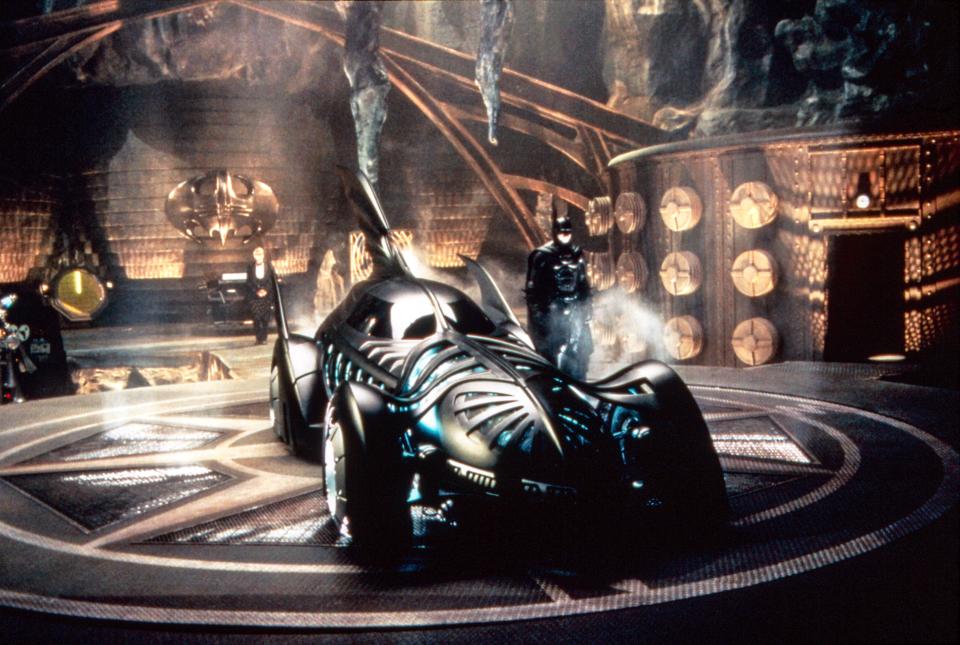
Twenty-five years ago this week, the Caped Crusader ruled the box office as Batman Forever — the third entry in the 1990s Bat-franchise — scored a then-record breaking $53 million opening weekend gross, and went on to be 1995’s top earner with $184 million in its utility belt. Not bad for a movie that, according to director Joel Schumacher, wasn’t supposed to succeed. “There wasn’t an enormous expectation on anyone’s part,” Schumacher said in a 2005 retrospective DVD featurette. “No one wanted another Batman movie; that was what we’d all been told by so many people then.”
Batman Forever’s commercial success is even more impressive in light of the many feuds that reportedly happened before, during and after the movie’s production. While most of those disagreements were shielded from view at the time, details have leaked out over the ensuing decades that paint a picture of the set as a less-than-happy place to be. Maybe that’s also the reason why Batman Forever hasn’t aged particularly well. Although it was praised in 1995 for injecting some levity into the franchise after the darker Batman Returns, today it feels like the franchise’s low point, filled with jarring tonal switches, a needlessly convoluted storyline and questionable casting choices.
In fact, Batman Forever might arguably be worse than Schumacher’s much-lambasted follow-up, Batman & Robin — the 1997 bomb that buried the Bat-movies until Christopher Nolan came along in 2005 with Batman Begins, which celebrated its 15th anniversary this week. Here’s a primer on Batman Forever’s various behind-the-scenes battles and how they shaped the movie you saw in theaters a quarter-century ago.
Tim Burton vs. Warner Bros.
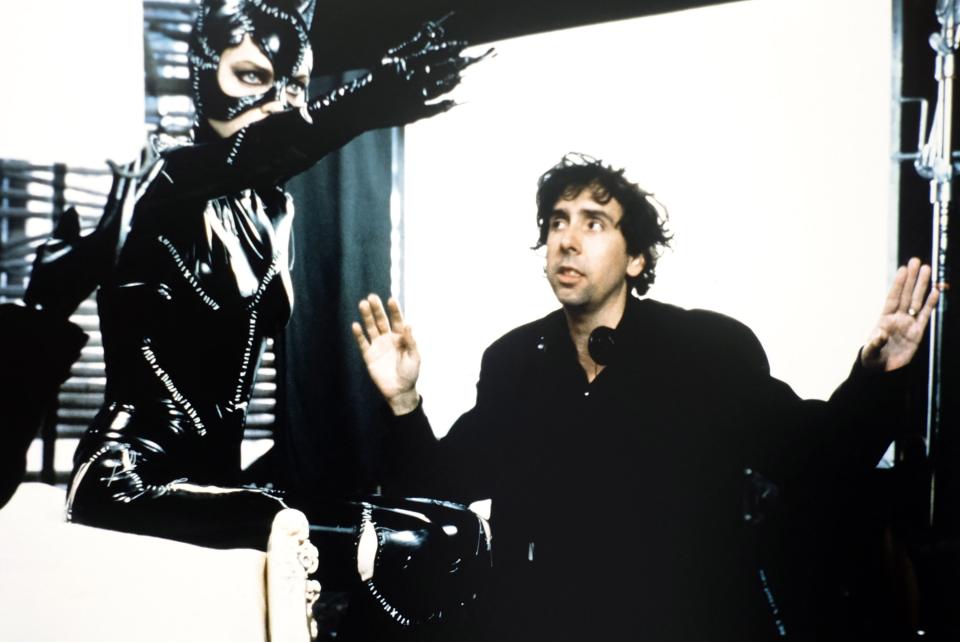
Coming off of films like Pee-wee’s Big Adventure and Beetlejuice, Tim Burton may have seemed like an unlikely choice to helm a superhero movie, but the director’s 1989 Bat-blockbuster didn’t only launch a franchise — it launched an entire era of comic book movies. Naturally, Warner Bros. gave Burton free creative reign over 1992’s Batman Returns, one of the most delightfully weird sequels ever made. Unfortunately, it was too weird for some: McDonald’s was reportedly furious about the movie’s dark tone, while Warner Bros. cringed at the excessive production costs and underwhelming box office returns.
As talk turned to a third movie, the studio not-so-gently nudged Burton out the door. “It was a weird reaction to Batman Returns, because half the people thought it was lighter than the first one and half the people thought it was darker,” the director told Yahoo Entertainment in 2014. I think the studio just thought it was too weird — they wanted to go with something more child- or family- friendly. In other words, they didn’t want me to do another one.”
Burton did remain in the mix as an executive producer and signed off on the studio’s choice of replacement: Joel Schumacher. Burton also helped shape the movie’s story with screenwriters Lee Batchler and Janet Scott Batchler, although he definitely didn’t have a hand in picking the title. "I always hated those titles like Batman Forever,” he remarked in the book, Burton on Burton. “That sounds like a tattoo that somebody would get when they're on drugs or something. Or something some kid would write in the yearbook.”
Michael Keaton vs. Joel Schumacher

Once Burton left the Batcave, his handpicked hero, Michael Keaton, didn’t hang around too long either. Although Warner Bros. offered the actor $15 million to play Bruce Wayne and Batman one more time, Keaton decided to bail after reading the script and meeting with Schumacher. “It sucked,” the actor remarked to The Hollywood Reporter in 2017. “The script never was good. I didn’t understand why [Schumacher] wanted to do what he wanted to do. I hung on for many meetings, and I was polite up to a point about saying, ‘Look… are you getting this, and do you understand?’ But I knew it was in trouble when he said, ‘Why does everything have to be so dark?’” I was like ‘OK, well, he witnessed the death of his parents.’ Not only that, physically it had to be brightened up. It became the thing of ‘Let’s do bright-colored cameos!’”
With Keaton out, Schumacher had a long list of possible replacements, including Alec Baldwin, Johnny Depp and Kurt Russell, who had just scored a box-office hit with the 1993 Western, Tombstone. But after seeing Tombstone, Schumacher was more interested in Russell’s co-star, Val Kilmer. “Val gave a really scene-stealing performance,” the director told The Hollywood Reporter in 2015. “When they were all kind of walking down the street together. I said to one of my friends, ‘God, he’d make a great Batman wouldn’t he?’ thinking that could never transpire.” Maybe it would have been better if it hadn’t…
Joel Schumacher vs. Val Kilmer

Schumacher and Kilmer were all smiles during the Batman Forever publicity tour, but it turns out that was just really good acting. Interviewed by Entertainment Weekly in 1996 — one year removed from the film’s release — the director described a tense on-set relationship that culminated in an actual pushing match. “He was being irrational and ballistic with the first AD, the cameraman, the costume people,” Schumacher said. “He was badly behaved, he was rude and inappropriate. I was forced to tell him that this would not be tolerated for one more second. Then we had two weeks where he did not speak to me, but it was bliss.” Speaking with Vulture in 2019, Schumacher was even more pointed: “I didn’t say Val [Kilmer] was difficult to work with on Batman Forever. I said he was psychotic.”
For his part, Kilmer hasn’t talked very much about his relationship with Schumacher. Appearing at a Chicago comics convention in 2012, he kept his comments limited to the uncomfortable costume and his disappointment that Batman Forever wasn’t more like Batman Begins. But the fact that he didn’t return for Batman & Robin — George Clooney wore the cowl instead — speaks volumes. In an interview with The New York Times earlier this year, Kilmer blamed scheduling conflicts with other projects, but Schumacher was more direct in his 1996 Entertainment Weekly interview. “He sort of quit, we sort of fired him. It probably depends on who’s telling the story.”
Tommy Lee Jones vs. Jim Carrey
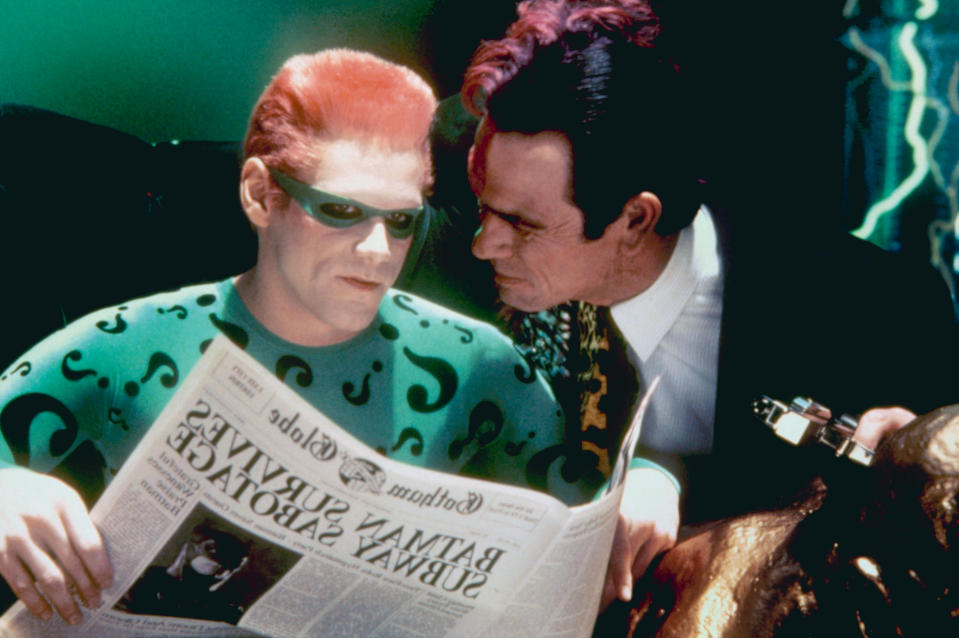
In an alternate universe, Kilmer’s Batman could have been facing off against Robin Williams as the Riddler and Billy Dee Williams as Two-Face. The Star Wars icon made a brief appearance as crusading lawyer, Harvey Dent — who becomes Batman’s hideously scarred nemesis — in Burton’s 1989 film, but Williams later said that he was only signed for one movie, and the studio made the decision to hire Tommy Lee Jones instead. Meanwhile, the Mrs. Doubtfire star, who died in 2014, reportedly complained about getting “screwed” out of two plum Batman roles: the Joker, who was played by Jack Nicholson, and the Riddler, which went to Jim Carrey fresh off the success of Ace Ventura: Pet Detective and The Mask. On the Batman Forever DVD commentary track, Schumacher said that he remembered Carrey from his days as a struggling stand-up comic, while he had just worked with Jones on the 1994 John Grisham adaptation, The Client.
Even though they team up to take on the Dark Knight, the Riddler and Two-Face are never really the best of friends. And life definitely imitated art off-screen. In his Vulture interview, Schumacher said that his mistake was pitting two known scene-stealers against each other. “Tommy is, and I say this with great respect, a scene stealer. Well, you can’t steal the scene from Jim Carrey. It’s impossible. And, I think it irked Tommy. He wasn’t kind to Jim. He did not act towards Jim the way an Oscar winner with a star on Hollywood Boulevard, being the oldest member of the cast, and having such a distinguished career and the accolades to go with it, should have acted towards Jim. But what happens on the set stays on the set.”
Carrey shared more details about his tiff with Jones in a 2014 interview with Howard Stern, recounting a meeting they had prior to shooting their biggest scene together. “I went up to say hi and the blood drained from his face… He got up, kind of shaking and hugged me and said ‘I hate you. I really don’t like you.’ And I was like ‘Wow, OK. Well, what’s going on man?’ And he said, ‘I cannot sanction your buffoonery.’ He did not want to work with me at that time.” Or ever again, for that matter: Carrey and Jones haven’t been in a movie together since.
Marlon Wayans vs. Chris O’Donnell
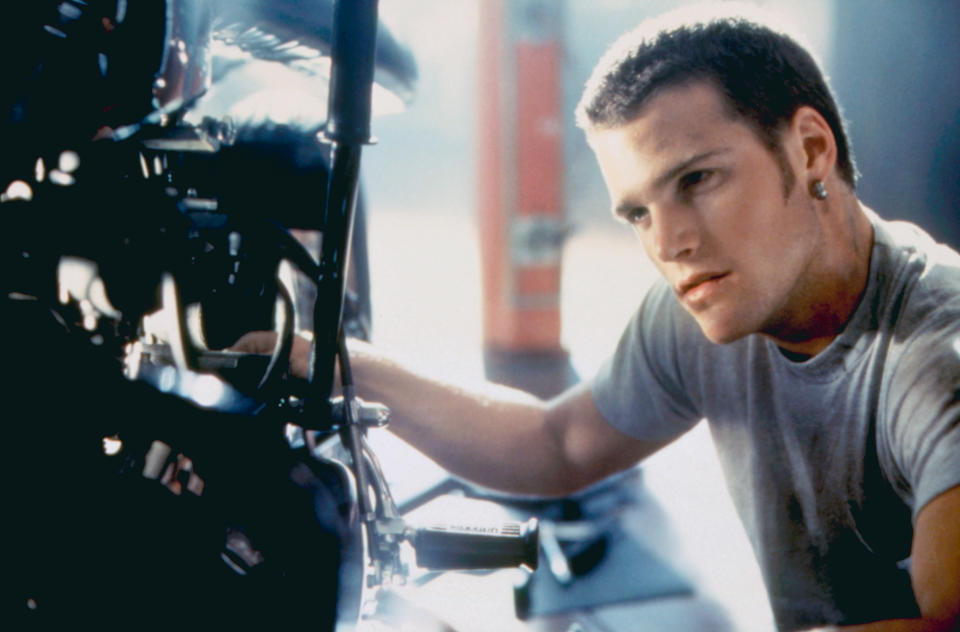
Burton spent the first two Batman movies actively looking for ways to leave out the Dark Knight’s sidekick, Robin the Boy Wonder. As Batman screenwriter Sam Hamm told Yahoo Entertainment last year, a scene that introduced Robin’s alter ego, Dick Grayson, was storyboarded, but never shot for the 1989 movie. Burton then cast Marlon Wayans as the Boy Wonder in Batman Returns, but the character was written out of that movie as well. “I got my wardrobe fitted and everything, and what happened was that there were too many characters, and they felt Robin wouldn't be of service,” Wayans told The A.V. Club in 1998.
After a two-movie delay, Robin finally joined Batman’s side in Batman Forever, but with Chris O’Donnell instead of Wayans in the red-and-green outfit. To be clear, Wayans has never bad-mouthed O’Donnell for replacing him, instead identifying studio politics as the reason. “They put me in the third one, and when the third one came around, they got a new director on it, and their vision of the project changed,” Wayans said in his A.V. Club interview. “They decided they wanted somebody white to play Robin.” As a parting gift, he walked away with a $100,000, and an endless supply of punchlines at Batman Forever’s expense. “I get why they picked Chris O' Donnell, because it would be messed up to have Batman and you've got Robin, and his bulge is somewhat bigger than Batman’s,” Wayans joked to Gizmodo in 2009. “Batman would have a serious problem with that.”
Akiva Goldsman vs. the Editing Room
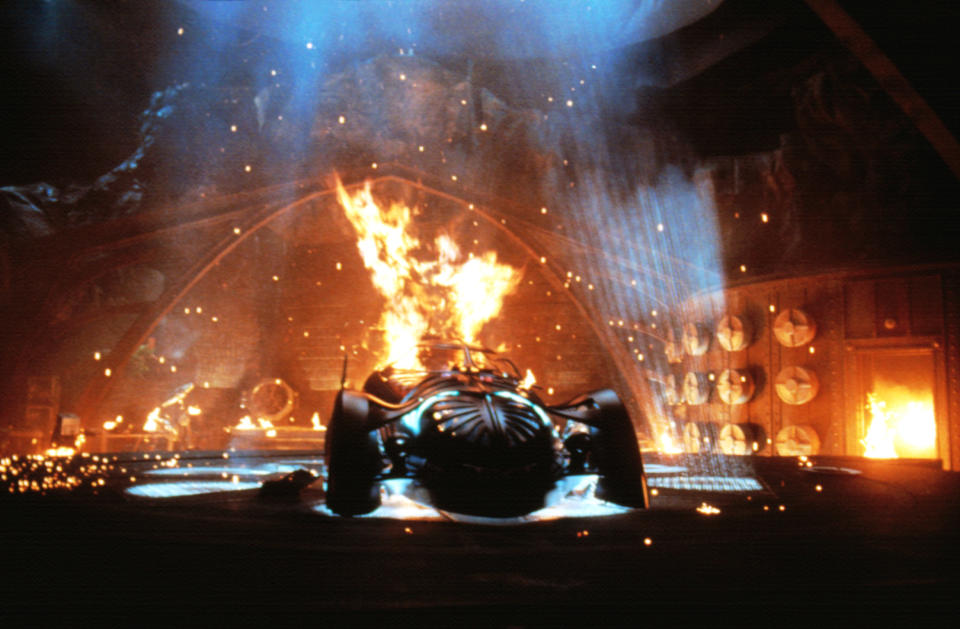
After the Batchlers delivered their draft of the screenplay, Schumacher enlisted Akiva Goldsman — who co-wrote The Client — to do a re-write. “What I was trying to do was make it a little more psychological, and infuse the character with a little more pathos,” Goldsman said in a 2005 DVD featurette. To that end, he scripted several scenes that were more in the vein of Batman Returns, most notably a sequence that suggested Bruce felt directly responsible for his parents’ violent deaths. But Warner Bros. and Schumacher held steadfast to their vision of a brighter Batman movie, and that storyline was dropped while Batman Forever was in the editing room. A number of other scenes hit the cutting room floor as well in an effort to edit the runtime down to a swift two hours and keep the tone light and fun. In the featurette, Goldsman expressed some regret about losing the more Gothic elements of the film. “Joel’s style is very presentational and operatic — very beautifully lyrical and larger than life. That was clearly the style he was taking to Batman.” That’s also the style that Goldsman pursued for their next collaboration, Batman & Robin… and we all know how that turned out.
Joel Schumacher vs. Christopher Nolan
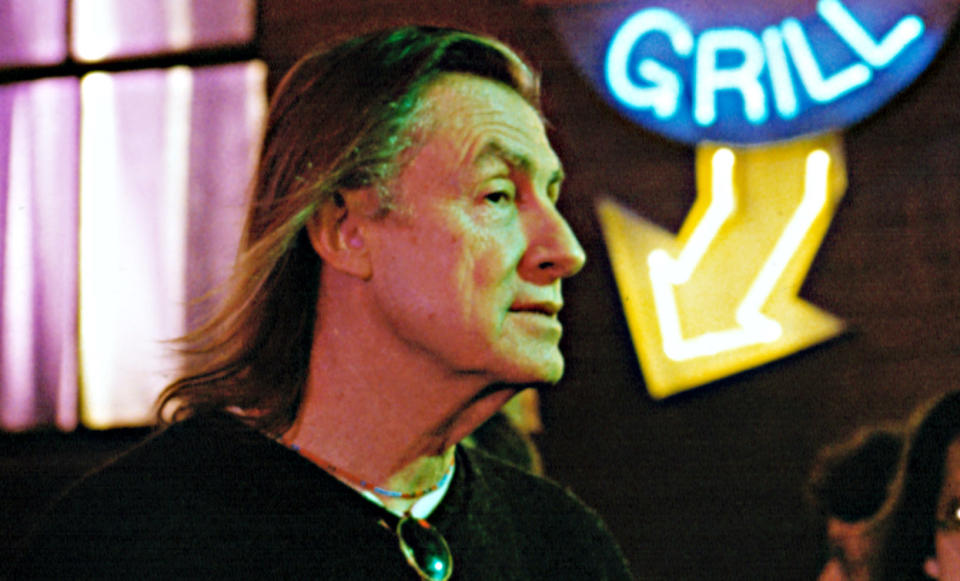
Like Burton before him, the commercial success of Batman Forever allowed Schumacher to double down on his peculiar vision of Batman for Batman & Robin, which in many ways is the funhouse mirror version of Batman Returns. Nowadays, the 1997 follow-up can be watched and somewhat enjoyed as a textbook case of ‘90s excess. At the time, though, fans considered Schumacher to be a bigger enemy to Batman than the Joker. Enter Christopher Nolan, who brought the character out of retirement eight years later with Batman Begins, and the difference between the two directors is night and day.
Of course this is more of a fan-generated feud than an actual feud, as Nolan has never directly criticized Schumacher for Batman Forever and Batman & Robin. Still there’s no question that his Dark Knight trilogy is a direct reaction to those movies, embracing gritty realism over operatic camp. Schumacher, meanwhile, has expressed affection for what Nolan achieved, chalking the limitations of Batman Forever up to studio interference. “I think Chris Nolan is so brilliant,” he told GQ in 2017. “But if you look at Tim’s [movies] and then mine, there’s a certain innocence to the whole thing, even though Tim was blasted because some parents thought that Danny DeVito was too scary for kids and Michelle Pfeiffer was in that bondage suit. At the studio’s request, we tried to make a more family-friendly Batman.”
Batman Forever is currently streaming on HBO Max.
Read more from Yahoo Entertainment:

 generic
generic 
